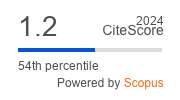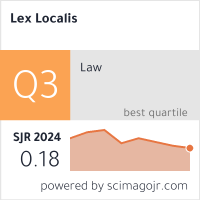Autonomy of Public Sector Investments in the Light of the Free Movement of Capital in the EU
DOI:
https://doi.org/10.4335/12.3.503-518(2014)Keywords:
internal market, free movement of capital, investments, indirect budget spending units, EUAbstract
This article deals with the impact of the EU’s endeavours to achieve financial market integration and the free movement of capital on rules of the Member States that limit autonomy of public bodies when making investment decisions. These rules have direct importance for rules such as those applicable in Slovenia which require 1,500 public entities to invest their liquid assets exceeding EUR 100,000 solely in securities of the Republic of Slovenia and not in securities of other EU Member States. In this case, they are obliged to offer their liquid assets first to the Ministry of Finance, thereby running the risk that such liquid assets would be decommitted and allocated to other public purposes. The aim of this article is to develop arguments to the effect that, in the light of the freedom of movement of capital as construed by the Court of Justice of the EU, especially in the recent case concerning Polish open pension funds (OPFs) the investment policy of indirect budget spending units should be more open – not only from the viewpoint of ensuring the EU single market but mainly from the perspective of the profitability of public finance. The security of investments can also be achieved in ways other than closing the investment market for all public entities.








